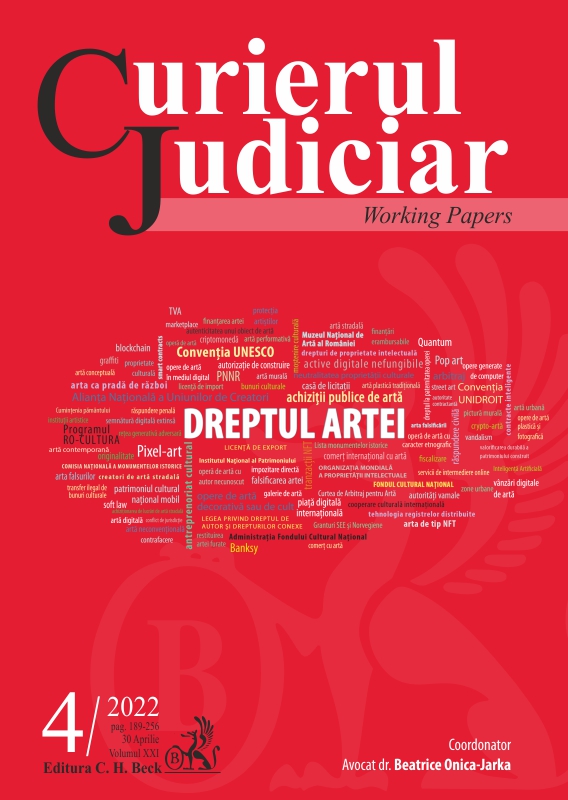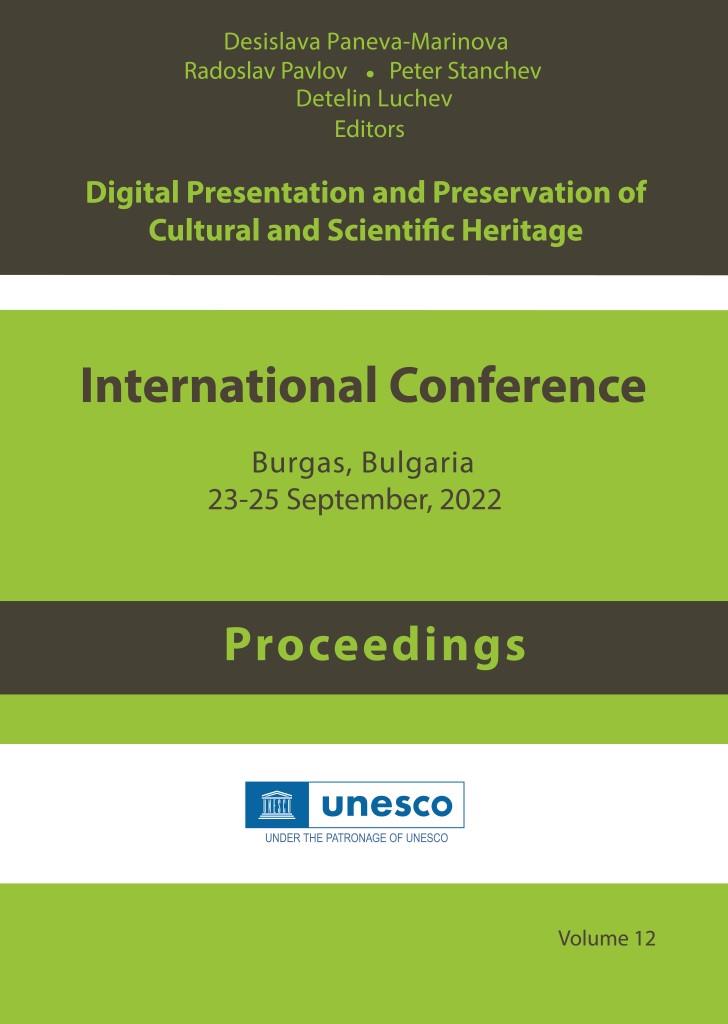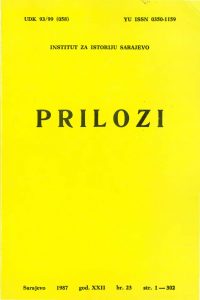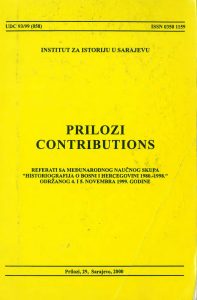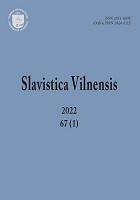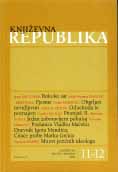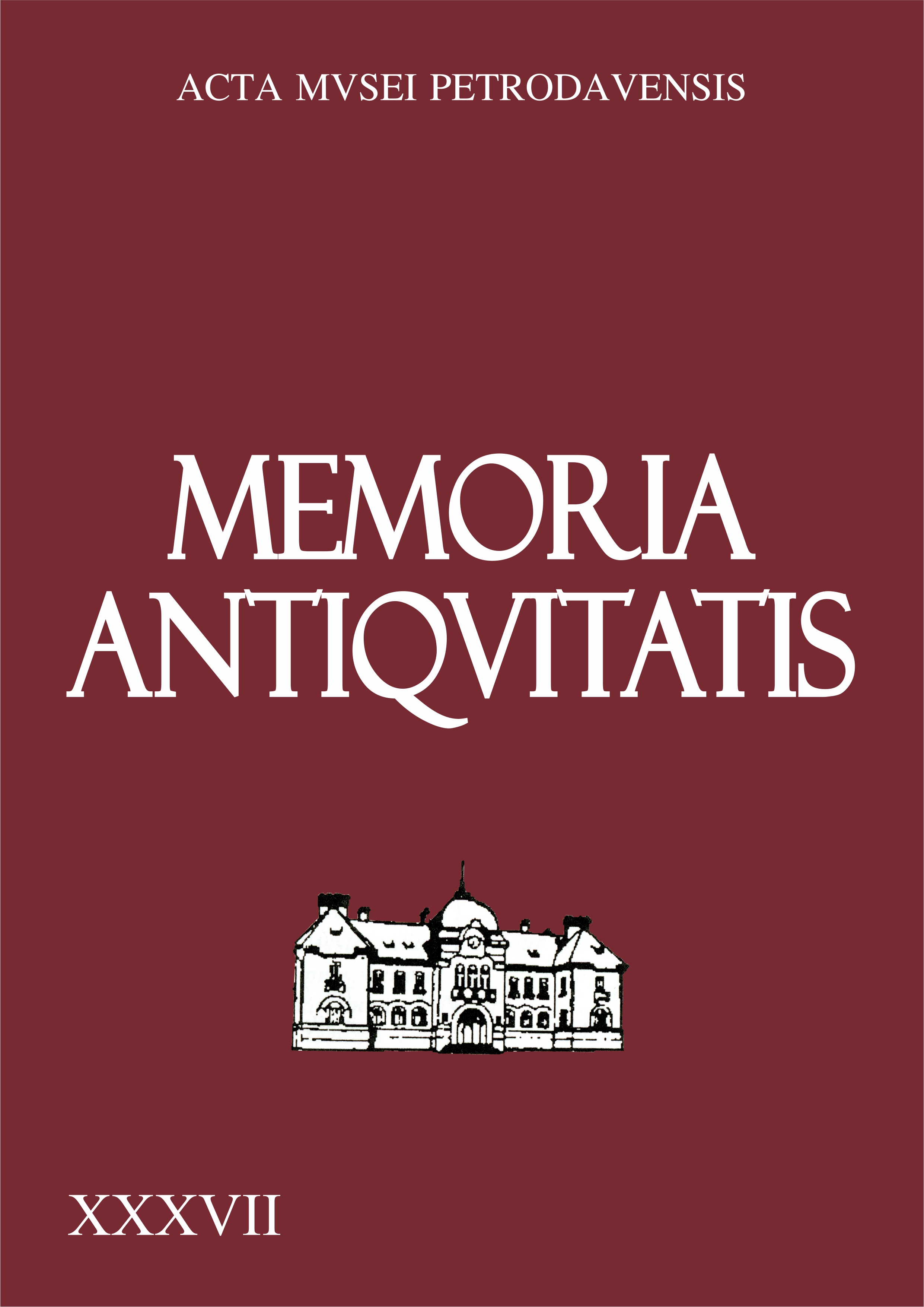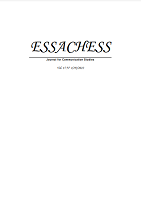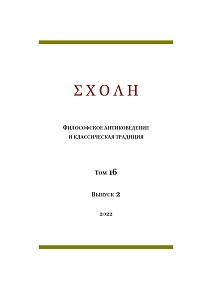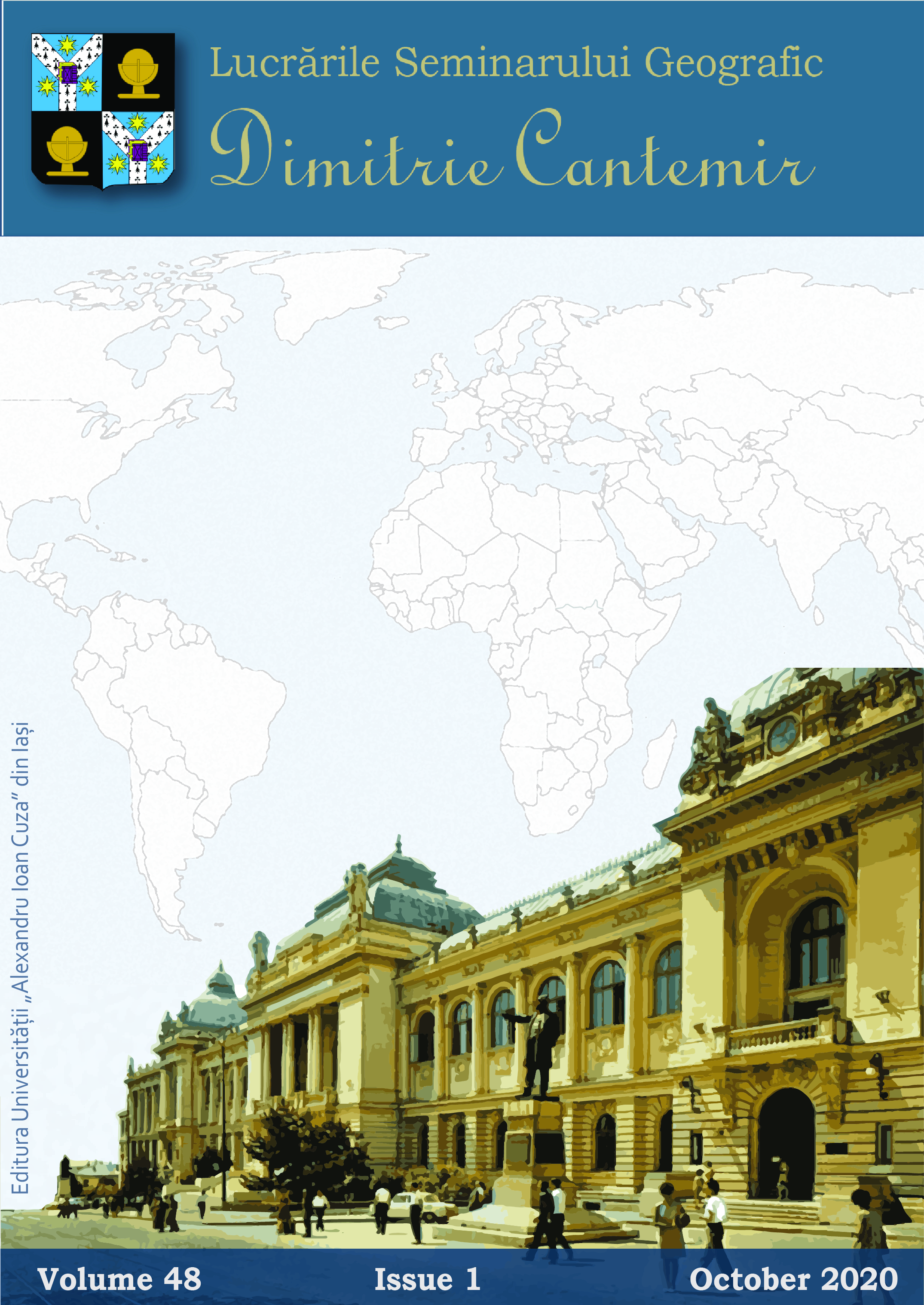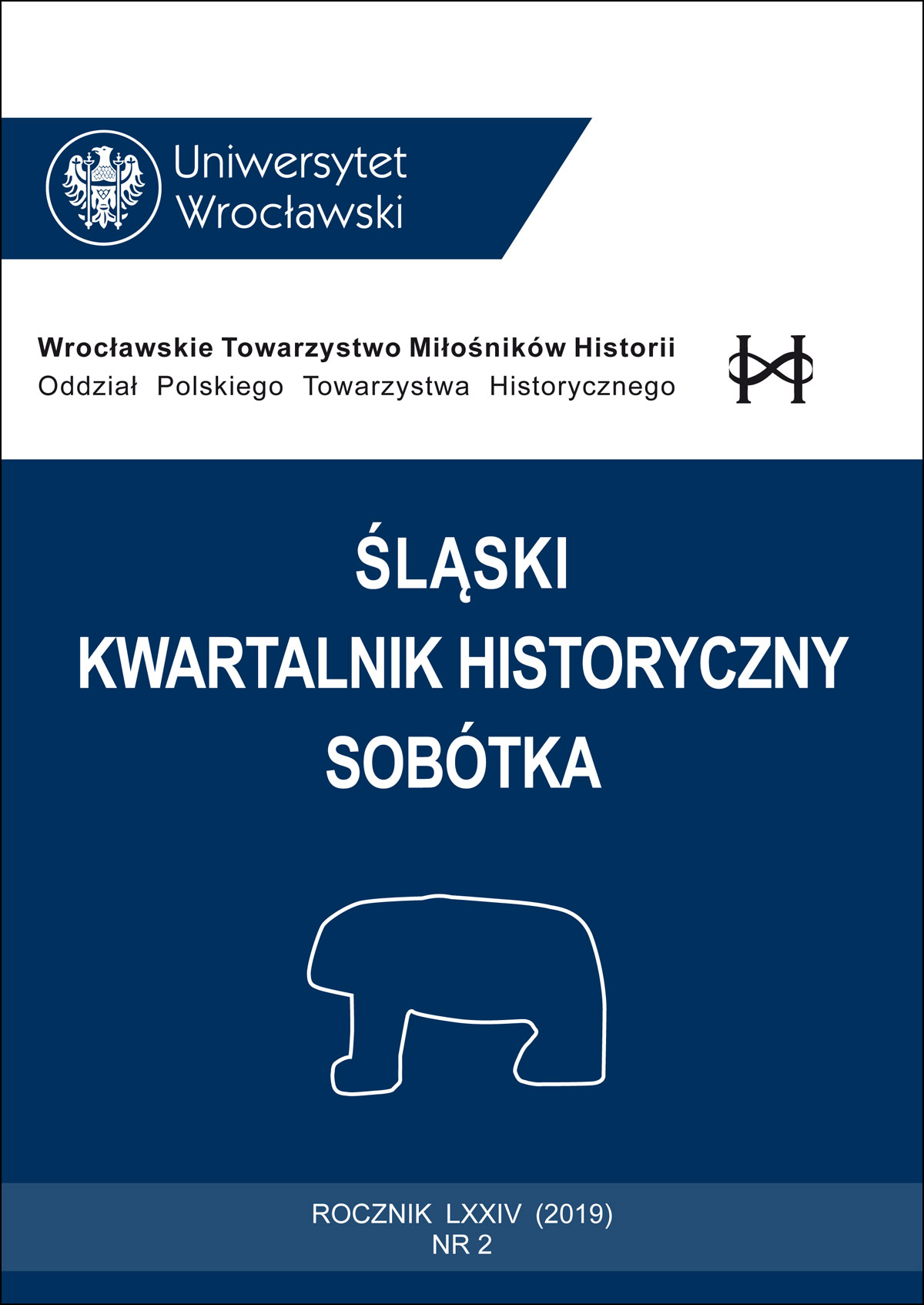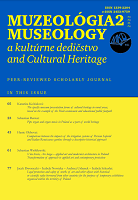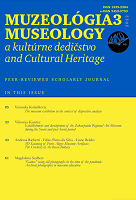Author(s): Lăcrămioara Manea / Language(s): English
Issue: 20/2022
In this article the concept of a rare and precious book is highlighted by several copies of foreign books printed in the 15th-16th centuries, kept within the special collections of the “Gavrilă Simion” Eco-Museum Research Institute of Tulcea. Thus, 8 titles of editions are described, of which 3 incunabula (prints from the middle of the 15th century to 1500) and 5 volumes printed in the 16th century. The copies have an indisputable value both by their age, known authors, content, famous publishing houses where they appeared, by special illustration or technique, and by certain peculiarities (covers, notes, ex-libres). The books saw the light of the printing press in Germany, Italy, Switzerland and France, in Latin, German with Gothic characters, Greek and Italian. The first incunabula, ”Historia rerum ubique gestarum cum locorum descriptione: Pars 1. Asia” (Venice, 1477), is a universal work of Pape Pius II (Eneas Sylvius Piccolomini), the single copy identified so far in the collections in Romania. Two incunabula from the German series “Dracole Wayda”, at the end of the 15th century, which are kept in Tulcea in the form of facsimile, are very important for the history of the Romanian space. They reproduce stories about Vlad Țepeș and contain information about the battles with the Turks. Since the 16th century there are present the works of the great writers of antiquity, Greek or Latin, rediscovered in the Middle Ages, as well as one of the works of Martin Luther with numerous engravings: Caius Plinius Secundus, ”Historiae Mundi Libri XXXVII” (Basileae, 1554); Sophocles, ”Tragodiai hepta” (Francoforti, 1555); Martin Luther, ”Hauszpostilla uber die Sontags und der fürnemesten Feste Evangelien durchs gantze jar” (Wittemberg, 1563); Publius Ovidius Naso, ”Le Metamorphosi” (In Venice, 1580); Titus Petronius, ”Satyricon” (Lutetiae, 1587). We note the Froben edition of the work of the Latin historian Caius Plinius Secundus and ”Le Metamorphosi” of Ovidius, with the most appreciated ancient Italian translation of this masterpiece. The copies entered the patrimony of the Tulcean Museum through takeovers from the Library of the Romanian Academy, and most of them, through acquisitions practiced by the institution in 1970-1980 from the antiquariats in Bucharest or from private persons.
More...
